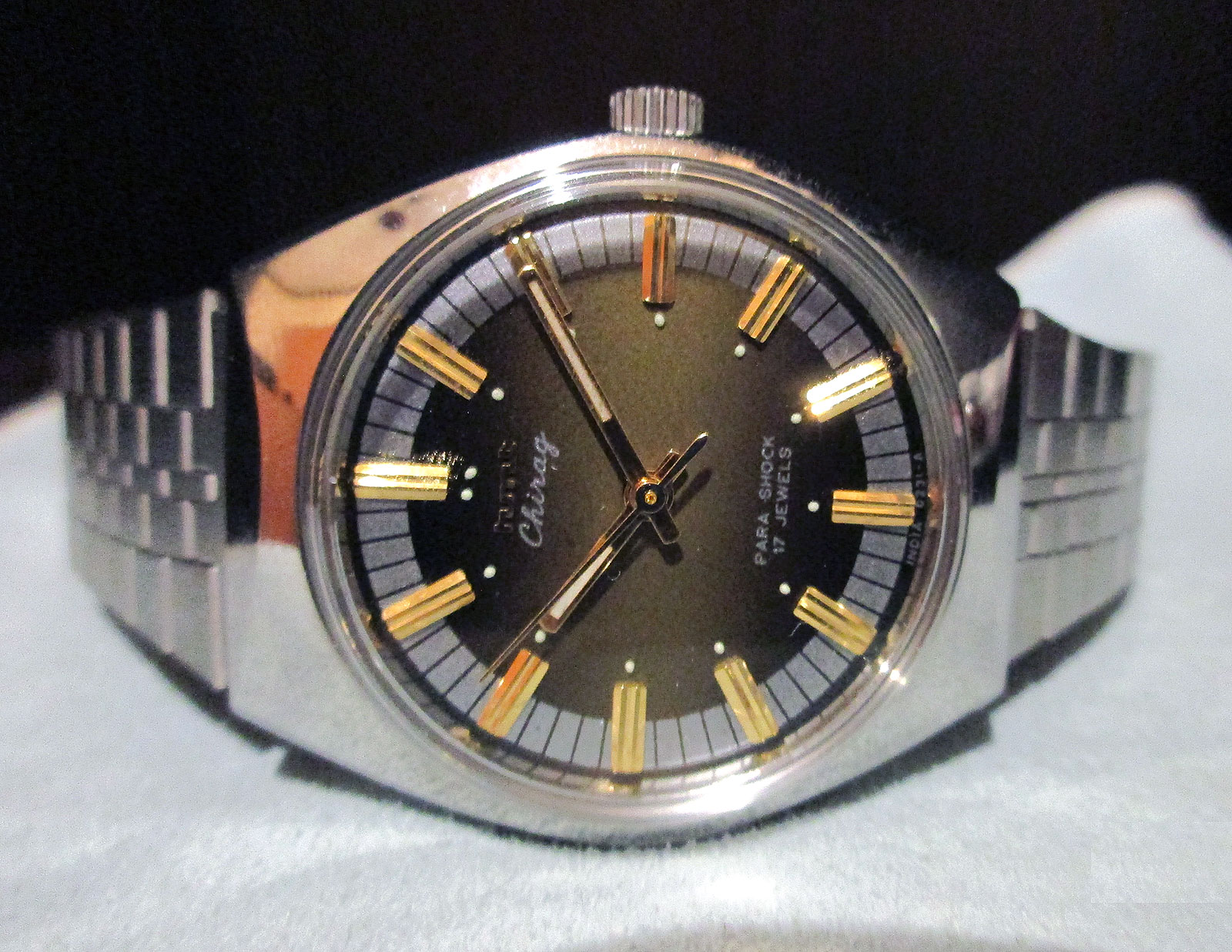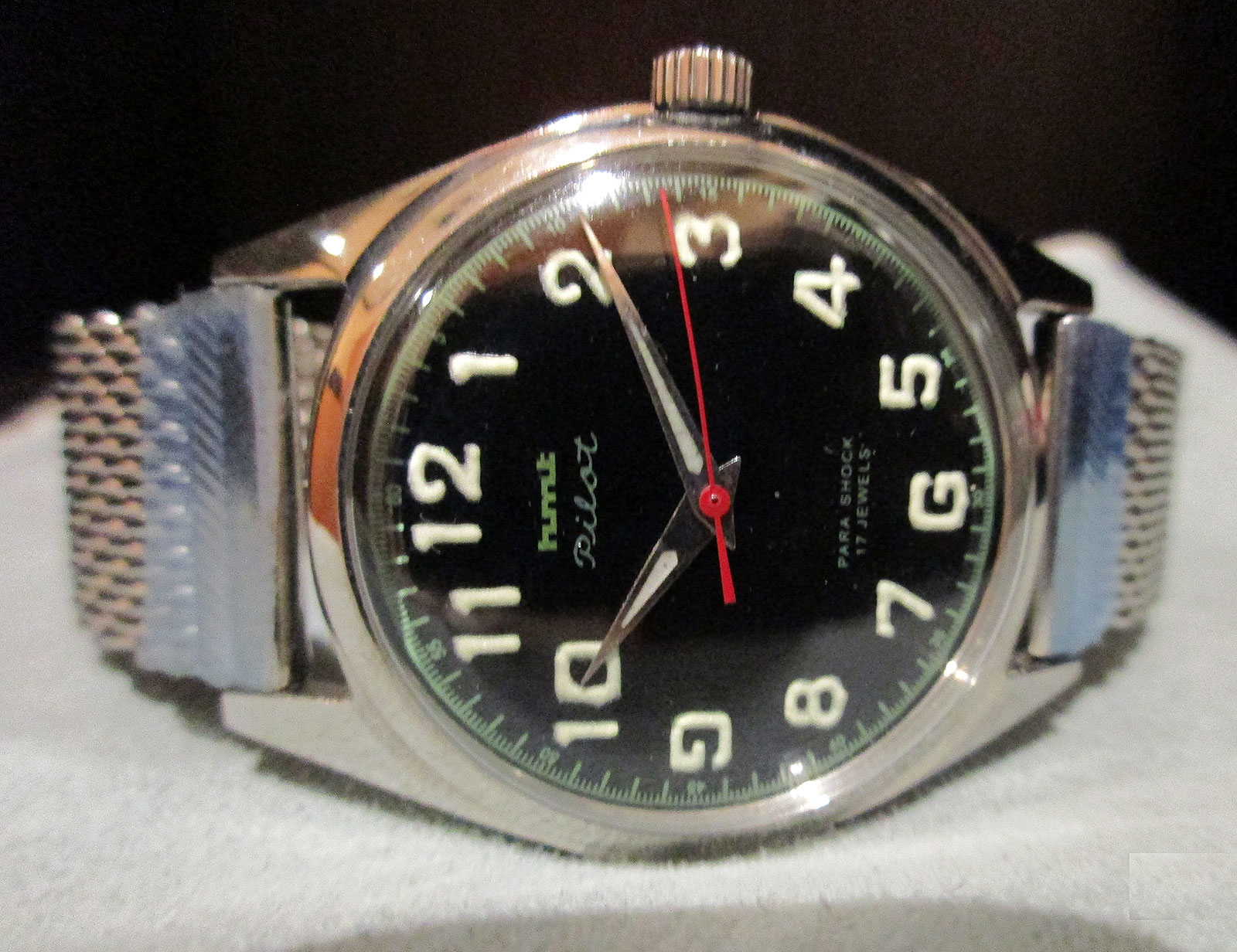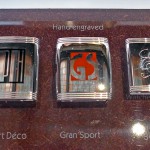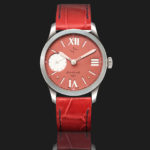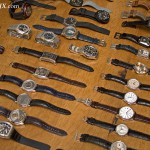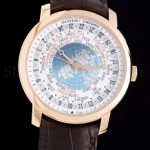HMT Watches: The Rise and Fall of India’s Watchmaking Titan
Once upon a time HMT was amongst the largest watchmakers in the world, until it became defunct in 2016. Farzad Mistry charts its history and decline.
Most people outside India are probably unfamiliar with HMT watches; even knowledgeable collectors in India generally overlooked the brand though they were aware of its existence. HMT watches were simple, durable everyday-use – watches for the common man.
But this iconic Indian brand went from being one of the world’s largest watch manufacturers – having produced over 115 million watches during its existence –and defining the huge Indian domestic market, to becoming irrelevant and finally, insolvent.
International beginnings
In 1961, HMT (Hindustan Machine Tools), in collaboration with the Citizen Watch Company of Japan, set up India’s first wristwatch manufacturing enterprise in Bangalore, historically a manufacturing powerhouse and now known as India’s Silicon Valley.
HMT was owned by the Indian government and manufactured heavy machinery but lacked the micro-engineering knowhow required for watch manufacturing. The collaboration with Citizen was crucial for this new line of business.
Watchmaking turned out to be so successful that the company had to expand its production facilities, setting up plants in other parts of the country for a total of five factories to meet the rising demand of a nation. It was helped by the prevailing economic policy of India during this period that favored local production of goods and discouraged or blocked imports, almost closing off the country to foreign watch brands due to prohibitive import taxes.
Initial production runs were limited to simple hand-wound mechanical watches, followed by automatic watches, and then a line of quartz watches. The movements were mostly made in India under license from Citizen and were very similar to their Japanese equivalents.
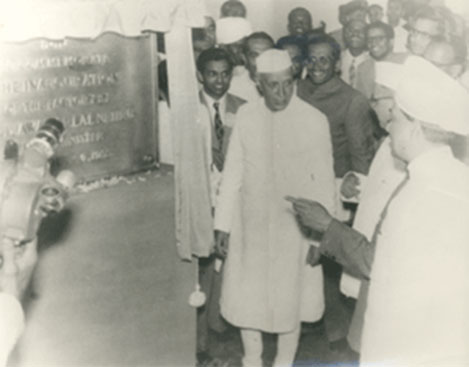
India’s founding Prime Minister Jawaharlal Nehru at the launch of the first hand-wound HMT watch. Photo HMT
The erstwhile national champion
Demand for the watches in the 1960s to the 1980s was huge, leading to waiting lists, which stretched for months. At the height of its popularity the brand was synonymous with watches in India; its advertising slogan, “Timekeepers to the Nation”, rang true. In 1991, HMT produced nearly seven million watches, more than all of its domestic rivals combined.
Considered the quintessential gift for all major milestones in life like graduations and weddings, HMT watches were surprisingly affordable and reliable. But its dominance of the Indian watch market eventually ended as HMT slowly but surely it lost ground to local and international brands, particularly with the advent of quartz watches and the emergence of a rival.
While it had the entire Indian market to itself before, HMT eventually gained a rival when Indian business conglomerate Tata Group, established its own watch brand in 1984, getting its start by poaching management from HMT. Named Titan, the brand’s focus was modern, fashionable quartz watches that were more in keeping with consumer tastes.
HMT had been producing quartz watches in India since the 1970s but they were not popular at the time due to their relatively higher prices. Consequently HMT decided to continue its focus on producing more mechanical watches, not realizing that quartz technology was ahead of its time and would eventually dominate the market. Only when Titan began to win over market share with its quartz watches did HMT realise its mistake. Ironically Titan’s decision to focus on quartz technology was due to the advice from a group of former HMT employees it had hired to help run its fledging business.
In the early 1990s, HMT finally realized its mistake and began devoting about a sixth of its yearly production to quartz watches. But it was already too late, HMT could not catch up and steadily lost market share to Titan.
At the same time, the Indian economy slowly opened up to international brands as import restrictions moderated. And because of savvy marketing, Indian consumers desired foreign watch brands, often shopping outside India.
Such brands offered timepieces at various price points, giving Indian consumers the choice they had been denied for so long. Suddenly HMT’s haloed timepieces were not desirable anymore they looked outdated and old fashioned compared to the competition. The sense of prestige and pride that went with wearing an HMT watch was lost.
HMT itself was too slow to react to the changes in the Indian economy or the preferences of its customers. The government of India finally shut down HMT’s watch business in May 2016, the company had been enduring almost continual annual losses since the early 2000s, amounting to around US$1.9 million in 2004 and rising to around US$3.6 million in 2013. By then Indian watchmaking’s former champion had consistently lost market share since the 1990s.
The news of the shutdown of HMT’s watch business had been circulating in the media months before the final closure. Rumors and hopes of a resurrection of the venerable brand were finally put to rest on May 1, 2016 when the last of its employees were eased into voluntary retirement. The Indian government announced HMT’s former factories will most likely be refitted to manufacture other more essential or profitable products.
Life after death
The fact that HMT watches were no more suddenly created demand for its timepieces among collectors, especially in India. Inventory on the company’s webstore started selling out, while online retailers and brick and mortar stores saw a surge in demand for these pieces. A few models even began to appreciate due to their popularity and relative scarcity. Even at these higher prices most of the pieces were still selling for under or around US$50 to US$100.
Another reason for the increased demand for new old stock HMT watches was the fact that finding well preserved HMT watches in the secondary market can be challenging since most were used to the point that they were worn out. That was compounded by the fact that owners who treasured their watches and used them well were often unlikely to sell them since they had sentimental value, being heirlooms or gifts from loved ones, or pieces bought to mark special occasions.
The thought of owning a watch from a brand with such an unusual story has obviously become quite appealing to the Indian consumer. The fact that they are still quite affordable and reasonably well made only adds to their appeal. The extent to which these pieces will appreciate in value in the future is uncertain but at the current prices it isn’t much of a gamble.
So which are the most sought after pieces in the HMT lineup? The mechanical hand-wound and automatic pieces are considered popular with collectors; the quartz models were mostly pedestrian looking and not desirable. Amongst the bestsellers was the hand-wound Pilot, which was popular with members of the Indian Armed Forces, as well as the Janata that was one of the first models produced, renowned for its reliability and longevity. The automatic day-date models like the Rajat and the Kanchan were also very popular and are generally difficult to find online or even at authorized dealers.
A quick internet search should bring up a multitude of online retailers (including HMT’s own online store) who still stock a few of these watches but they are selling out. Most retailers are only willing to ship the watches to customers in India but a few larger retailers would ship internationally as well. You are unlikely to find brick and mortar retail stores outside India carrying the brand.
So are you likely to see an HMT watch create any kind of auction record? Maybe not, except perhaps one owned by a well-known historical figure, but it may be an interesting entry into the world of watch collecting. They offer a great price to quality ratio for new collectors and even for seasoned ones who want something from an unusual and interesting brand that will always be a crucial part of India’s history.
Sources: HMT, The Hindu, Times of India, Business Standard
Title photo credit HMT Watches
Farzad Mistry is a human resources professional and watch enthusiast in Mumbai, India.
Back to top.

